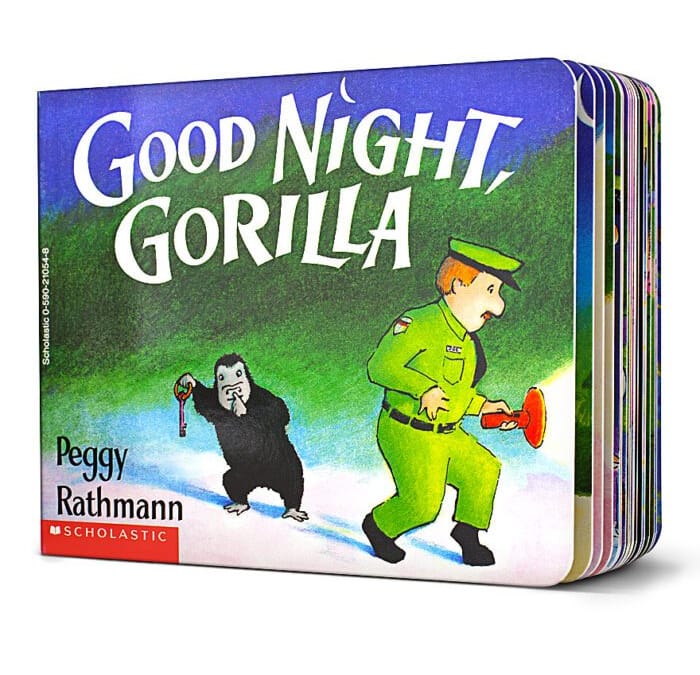Written by
 Denise Brown, 1000×5 Westshore Co-Ordinator
Denise Brown, 1000×5 Westshore Co-Ordinator
As I was sorting books this week, I came across two favourite wordless picture books and wondered if families understand the worth, the beauty and the power of wordless picture books. Wordless books could be a hard sell for parents who are exhausted, who don’t want the pressure of making up a narrative when the relief of bedtime is so near. Can we make a difference by encouraging this genre, by actively seeking out new titles to share?
Wordless picture books are told through their illustrations – there are no words, or very few words. Sharing this important, often overlooked type of book with a child provides an opportunity for literacy rich conversation. Wordless and almost wordless picture books encourage children to take an active role in telling a story. Typically, when enjoying a wordless picture book with a child, the illustrations and meaning are discussed, and as a result of this conversation, the child’s language development is stimulated. Sharing wordless books also reinforces the idea that, in many books, the story and the pictures are connected, that clues to a story can be found in the pictures. Using picture clues is a great way for young children to begin comprehending what they are reading. These books can be a valuable way to teach them to slow down and appreciate the intricacies of a story.
Great wordless picture books clearly show action and sequence so the narratives are easily understood. We tend to focus on and appreciate the details in the illustrations in wordless books, more than in typical books for young children. Wordless books give very young children the opportunity to actually read and understand a book by themselves. They also promote creativity, imagination language play, and vocabulary development by allowing children to retell the story however they want to. They provide many opportunities for the child to retell the story to family members and friends. So many times we, as adults, forget just how vital pictures are to a story.
Wordless picture books can be enjoyed in any language or in many languages. Thinking of our new Canadians, the versatility and value of wordless picture books is important.
It is encouraging to see that many wordless picture books are now available in board book form (most popular among our volunteers, for cleaning). Some of my favourites titles that have shown up in our donations boxes include “Good Night, Gorilla” by Peggy Rathman, a funny story about bedtime at the zoo that preschoolers really enjoy and “Good Dog, Carl” by Alexandra Day– with the beautiful illustrations in this book, children follow as Carl, the family Rottweiler, leads his infant mistress on adventures after her Mother has left the house, including sliding down the laundry chute and swimming in the fish tank. Another old time favourite is “Have You Seen My Duckling?” by Nancy Tafuri, about a mother duck who has lost one of her ducklings (although actually it is cleverly concealed in each picture. It would be fun for a family to keep one or two of their favourite wordless books to revisit time and again, as the children grow and change – these books are for readers of all ages and should be on every child’s bookshelf. We can help make that happen.
Please consider donating your no-longer-needed alphabet books (and other picture books) to a “1000 X 5” Project. We’ll be glad to pass them along for others to enjoy.

